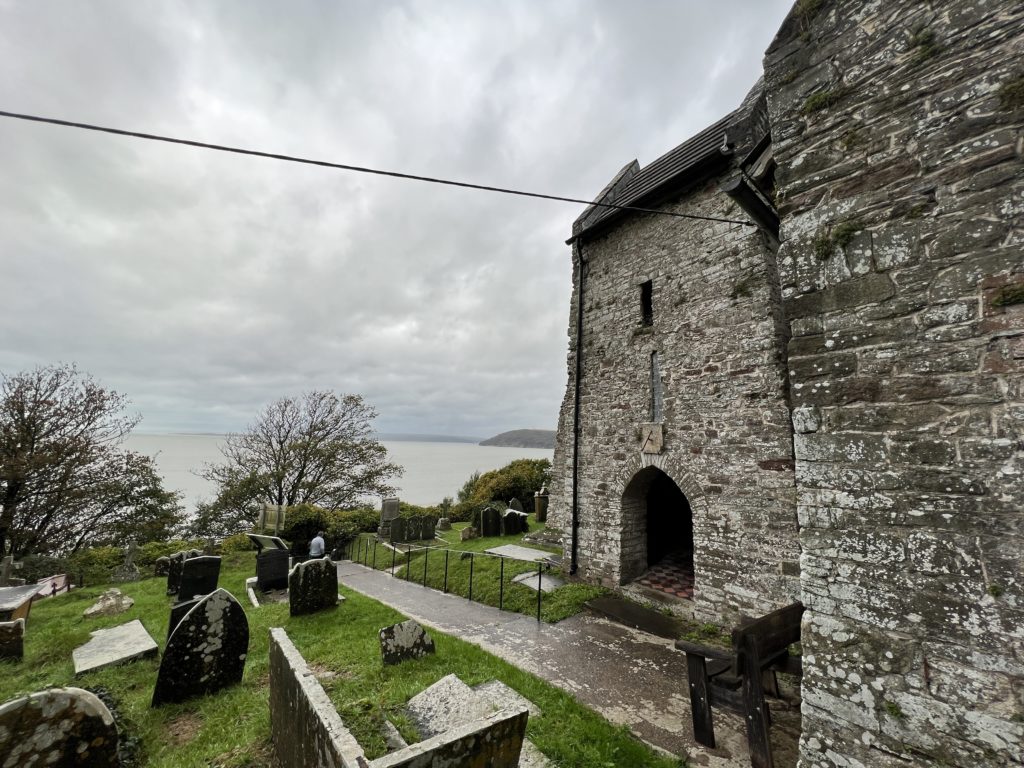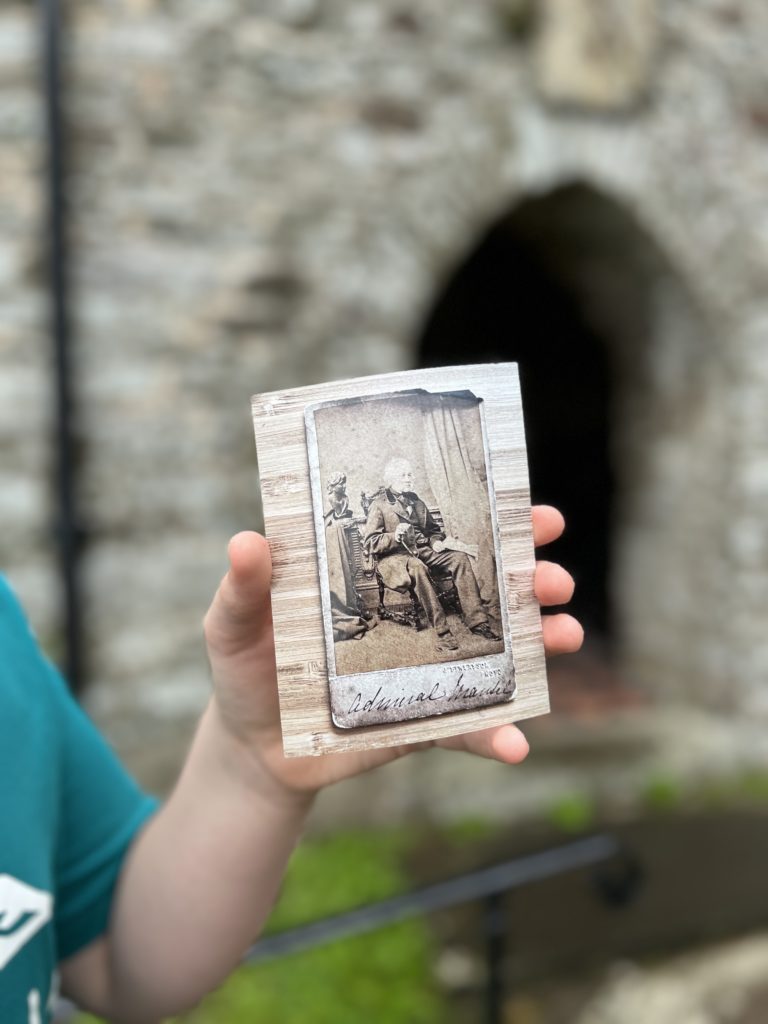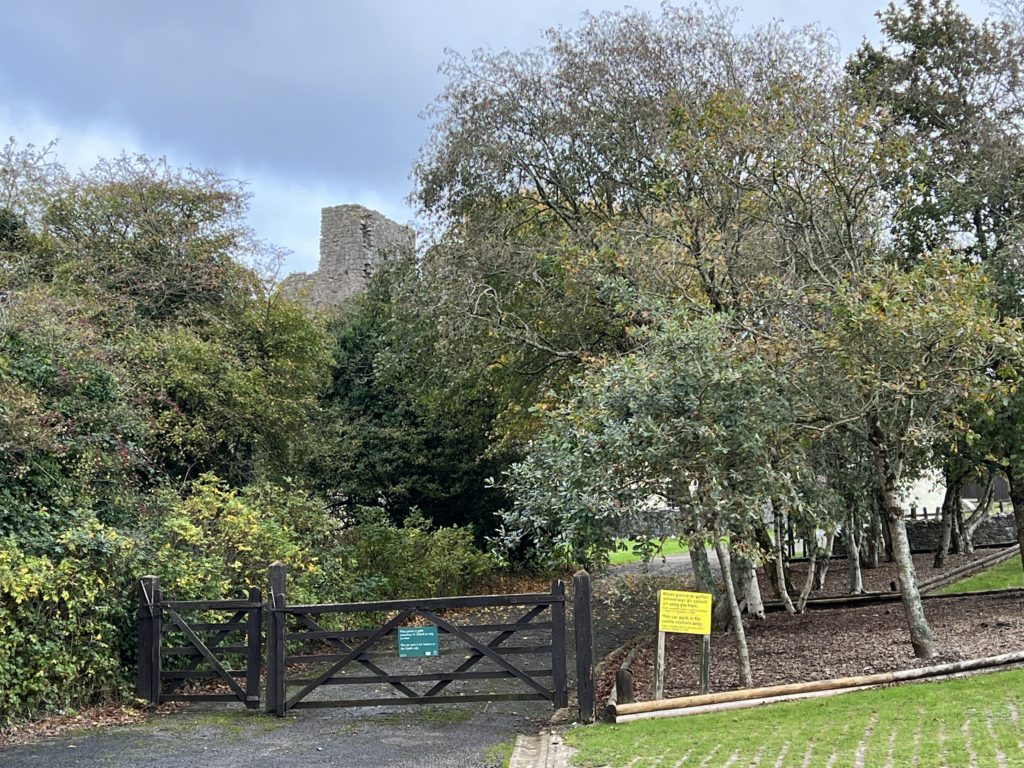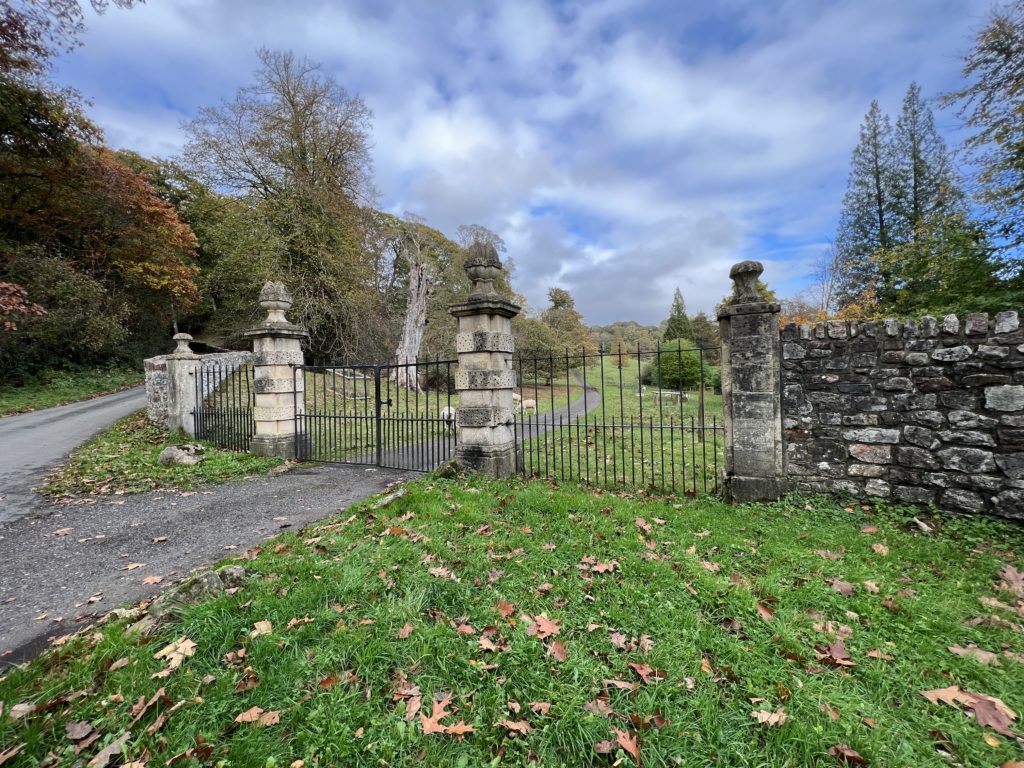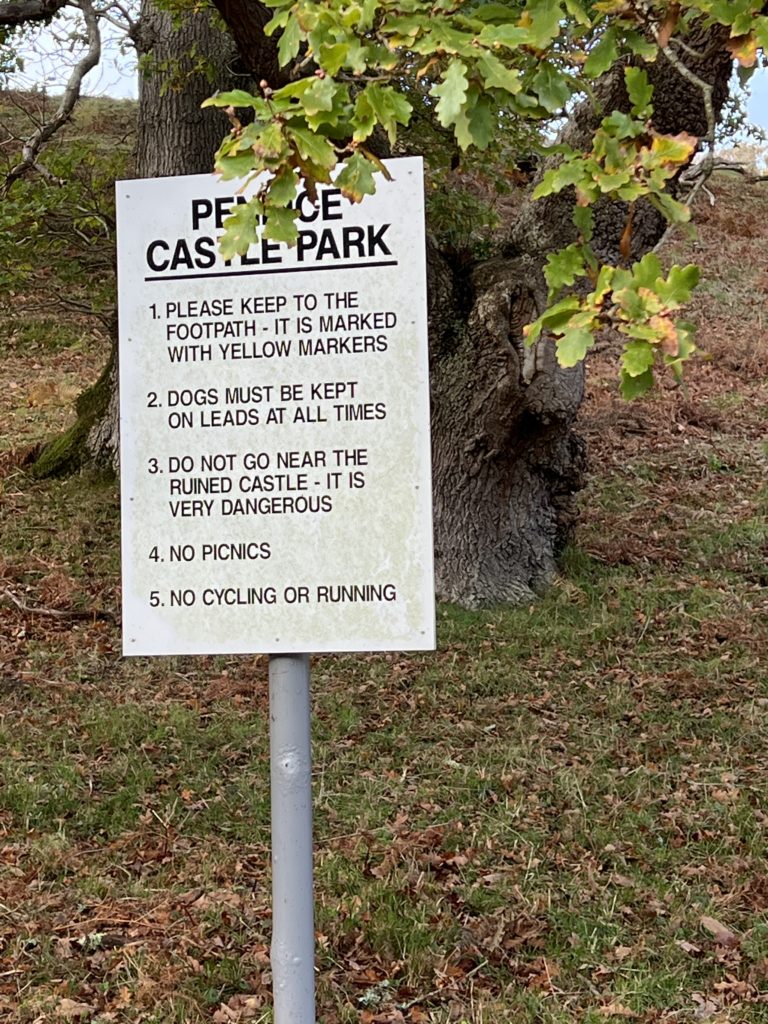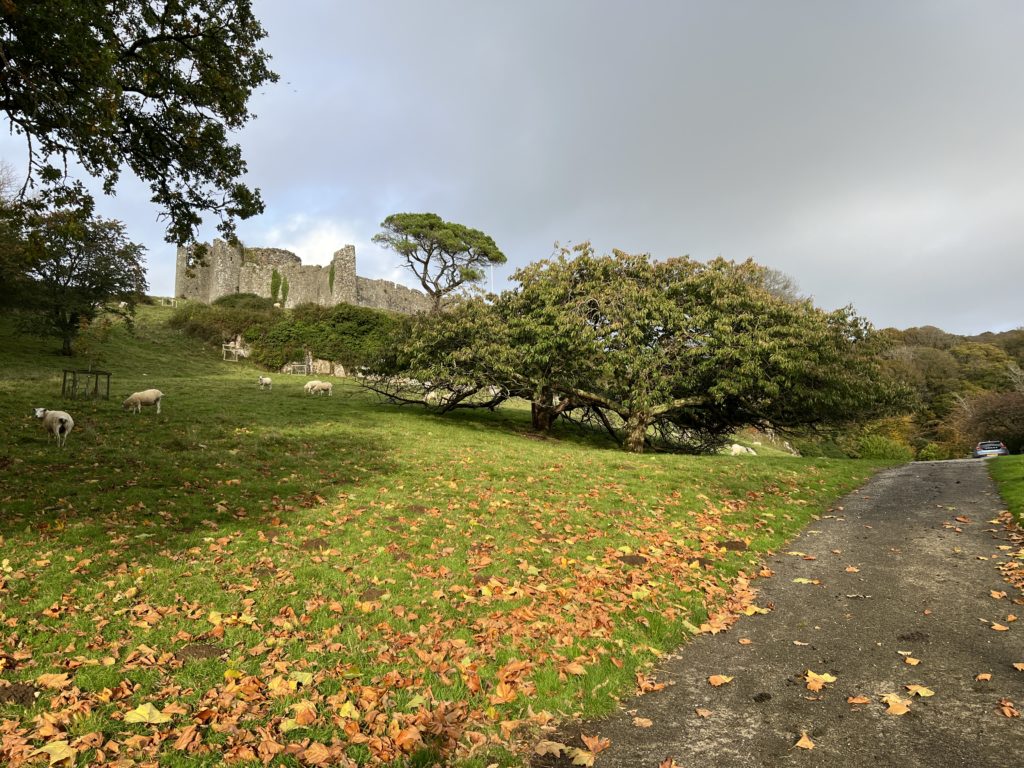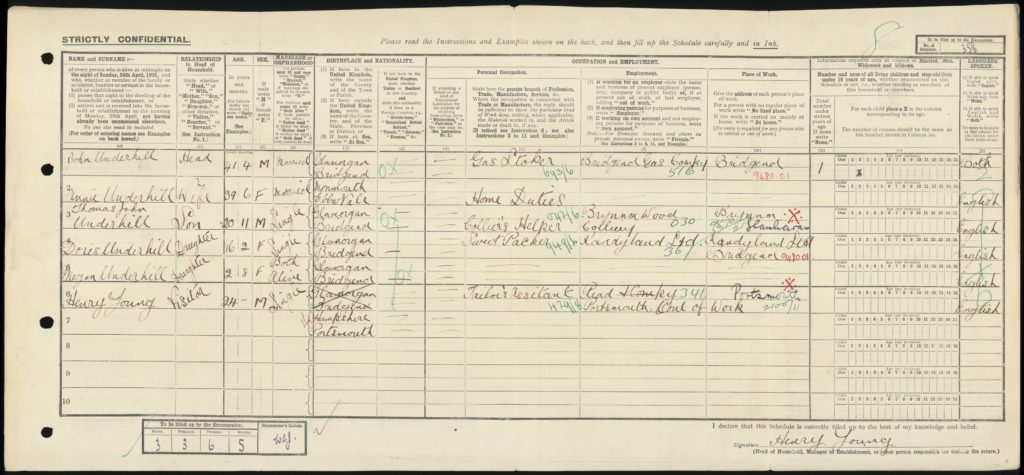St Ishmael Church is the most amazing church on the side of a hill overlooking the River Towy estuary and Carmarthen Bay. It is reached along a narrow road with a single parking spot across from the church.
St Ishmael Church, St Ishmaels, Ferryside
Unfortunately the church is only open at weekends so we were unable to visit inside. The church includes a 13th century nave and chancel, 14th century transcept and 15th century north aisle. It is a lovely building with an unusual tower.
The sundial over the entrance is dated to 1725.
There is a handy information board in the churchyard which tells you more about the church and its connection to the Rebecca Riots.
There are amazing view over Carmarthen Bay but the church feels isolated because much of the village was washed away.
I couldn’t resist bringing a portrait of my ancestor who was baptised here back on 14th October 1783.
We have a few family connections to the church:
William Mansel married Mary Phillips on 26th August 1765
[Rebecca Elisabeth baptised 9th August 1769 at St Peter’s, Carmarthen
Richard Mansel baptised November 10th 1770, at St Peter’s, Carmarthen
William Mansel baptised April 4th 1776, at St Peter’s, Carmarthen]
Rebekah Elisa Mansel buried 20th February 1772
Francis Mansel baptised 20th October 1772
Mary Mansel baptised 5th December 1774
John Mansel baptised 16th August 1776
Rebekah Eliza Mansel baptised 17th April 1778, buried 12th October 1797 – The entry for burial does not say daughter of Sir William Mansel like the other entries, so perhaps the name was similar but not the same family?
George Mansel baptised 3rd September 1779, buried 20th July 1797
Harriot Mansel baptised 18th July 1781
Thomas Mansel baptised 14th October 1783
Robert Charles Mansel baptised 12th Feb 1789
Sir William Mansel of Iscoed Baronet, buried 14th January 1804
[Lady Mary Mansel (nee Phillips) died 1811 but could not find in the St Ishmael Parish Register for 1811 a she was buried at St Peter’s Carmarthen in the family vault on the 3rd January 1813.]
There is an unusual stained glass window with Welsh and English inscription: Lt. General Robert Christopher Mansel, Knight of Hannover, Colonel of the 68th Lt. Infantry who died April the 8th 1864 aged 75 and was buried near the camp at Shorncliffe where he so ably commanded for several years”. He was the brother of my 3xgreat-grandfather, Thomas Mansel.
St Ishmaels is well worth a visit and can be found:
St Ishmaels
Ferryside
Carmarthenshire
SA17 5UL
Other places to explore relating to the Mansel family:




